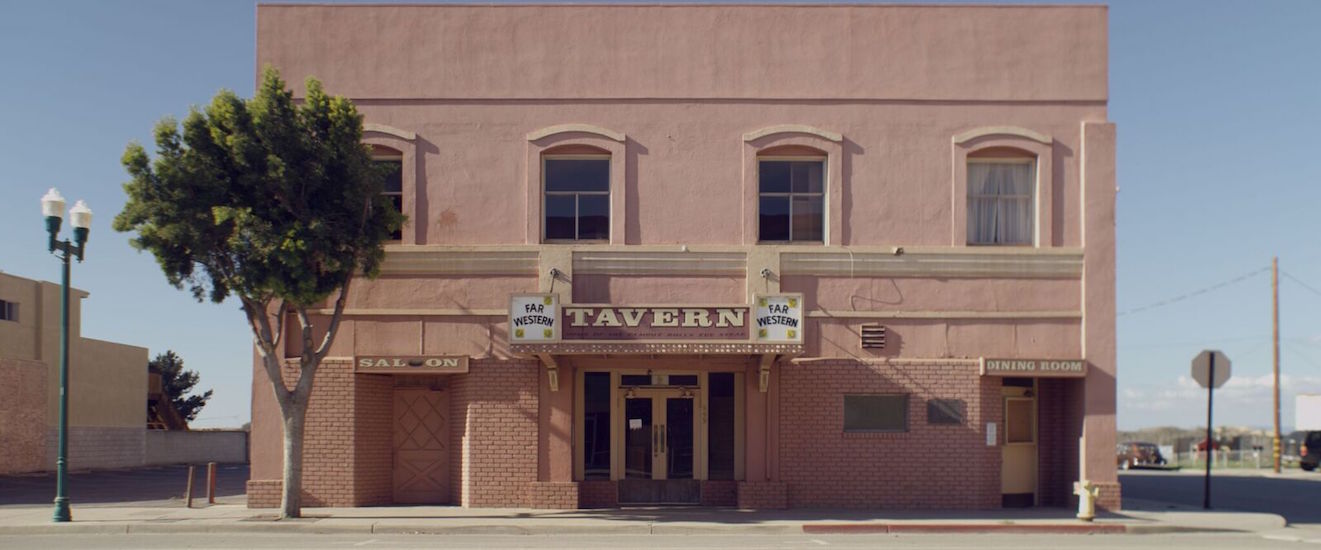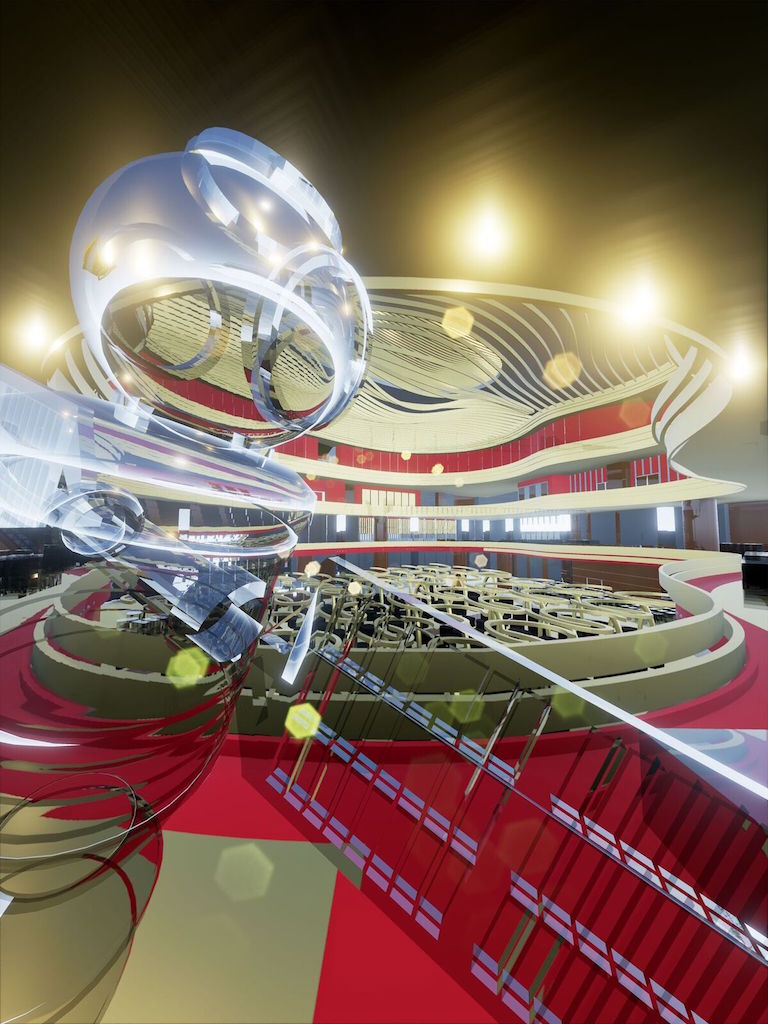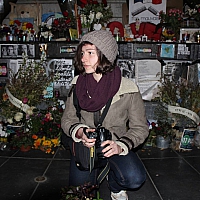
Geomancer, 2017 © Lawrence Lek
Expositions du 22/3/2017 au 14/5/2017 Terminé
Jerwood Space 171 Union St SE1 0LN London Royaume-Uni
Jerwood/FVU Awards France
Press Release - The Jerwood/FVU Awards 2017 exhibition will premiere two newly commissioned moving-image works by selected artists Patrick Hough and Lawrence Lek, the recipients of the 2017 Awards.Jerwood Space 171 Union St SE1 0LN London Royaume-Uni
Jerwood/FVU Awards France
In response to the curatorial theme, Neither One Thing Or Another, Hough and Lek both employ pioneering, conceptually fitting, technologies to examine the steadily blurring line between the real and the artificial. Lek harnesses his trademark - the building blocks of computer gaming technology - to set the stage for an awakening of artificial intelligence. Hough’s work takes us to the Californian desert, where the landscape was filmed and digitally scanned using LiDAR, to host a Hollywood-inspired merging of authenticity and replica. Both works delve between definitions of consciousness, and in the process invite us to look again at what we think we know and see.
Since their selection in May 2016, the artists have each received £20,000 to develop the works, with full production support from FVU. Following their debut at Jerwood Space in London, the films will tour as a series of screening events nationwide.
And If In A Thousand Years by Patrick Hough
When the film-set for Cecil B DeMille’s The Ten Commandments had had its day, it was, like the biblical civilisation it evoked, lost to the sands of time - in its case, deliberately buried, in an act of money-saving expediency, under the dunes of the Southern California desert where the movie was shot. Over the years, though, those shifting sands have gradually exposed this piece of epic landfill, bringing souvenir hunters to gather where archaeologists (or Egyptologists) used to tread.
In Patrick Hough’s video, shot on location at the site, it is not just fake fragments of the past that are disinterred. What hovers over the place is a spirit of uncertainty; one that questions bedrock values like ‘originality’ and ‘authenticity’ and dusts them with other layers of meaning: the extraordinary ease of reproducibility, the spray-on glamour of cinematic semi-celebrity. This spirit of uncertainty is encapsulated by the figure of a sphinx - once part of the décor of the majestic film-set, now wandering in ghostly limbo; haunting the nearby town like a wildcat on the prowl. The sphinx’s hybrid form and cryptic, enigmatic presence is also a symbol of a blurring between the material and the virtual that Hough’s video not only proposes but visibly enacts, using sophisticated digital scanning techniques to suggest the outline of a new technological horizon that is, even as we look back nostalgically at the remnants of earlier eras, writing its own name upon the sand.

And If In A Thousand Years © Patrick Hough
Geomancer by Lawrence Lek
Heralded by the futuristic computer-generated cityscapes that have become a signature feature of his work, Lawrence Lek’s mini-opus Geomancer is less inclined to map the building blocks of the urban architecture of tomorrow than to try and summon up the spirit of our rapidly dawning age - one whose characteristics, Lek implies, include the growing ascendancy of the cultural phenomenon of Sino-Futurism. As the geopolitical axis tilts further to the East, and as once-dominant economic/technological models are cast into doubt, Lek alights on a longstanding tension between the place of the human and the role of the machine, sharpened by contemporary hopes and anxieties around the rise of East Asia, and by speculations that new forms of artificial intelligence, already outperforming mere mortals in matters of automation and aggregation, will challenge us in more creative skills as well.
In Lek’s video, one such AI awakens above Singapore on the eve of the city-state’s centennial celebrations in 2065. Mindful of the apparent relegation of AI to subservient roles in society, it determines that, from all the possible choices available to it, by far the best thing to be is to be an artist. Already a prodigy with numbers, it seeks to feed the other side of its savant-like brain, gorging on the products of cultural history with a geeky frenzy that occasionally undermines its aspiration to the lofty coolness of a lotus-eating aesthete. Part philosophical reflection on where ‘genius’ resides, part playful inventory of how science fiction has dealt with these eternal human/automaton themes, Geomancer is provocative stimulation for both the eye and the mind.
The artists were selected from over 240 applications by; Steven Bode, Director, FVU; Duncan Campbell, artist and Turner Prize 2014 winner; Cliff Lauson, Curator, Hayward Gallery; Amy Sherlock, Reviews Editor; and Sarah Williams, Head of Programme, Jerwood Visual Arts.

Geomancer, 2017 © Lawrence Lek


